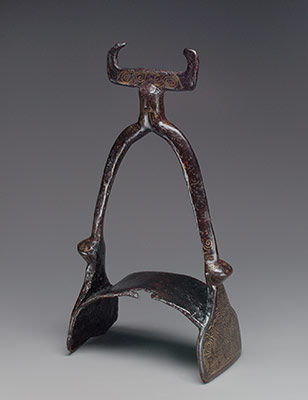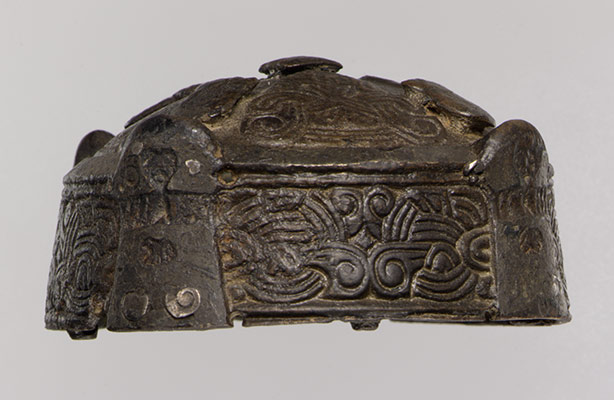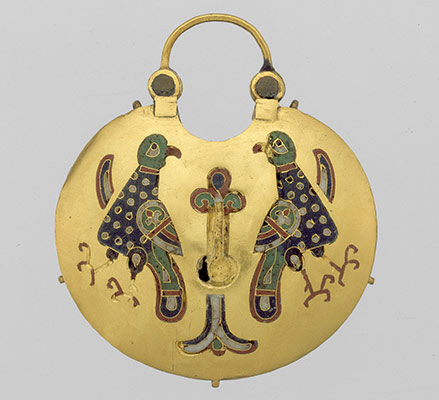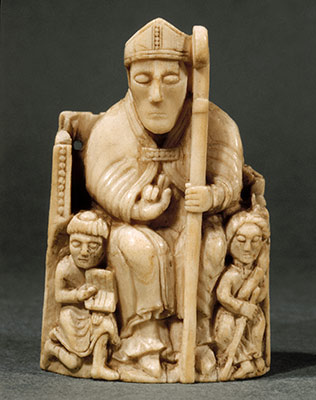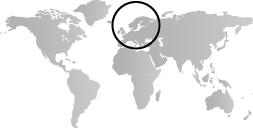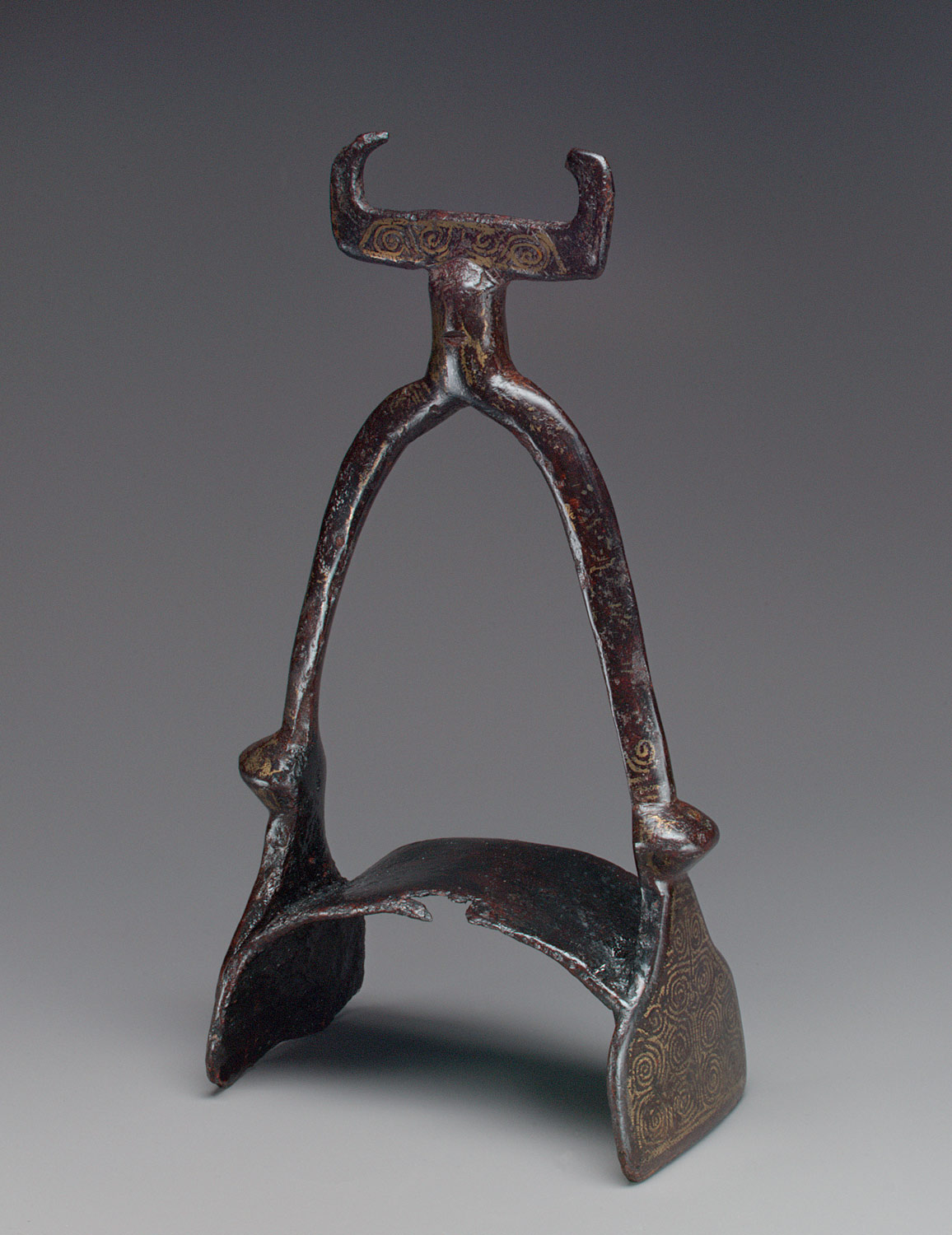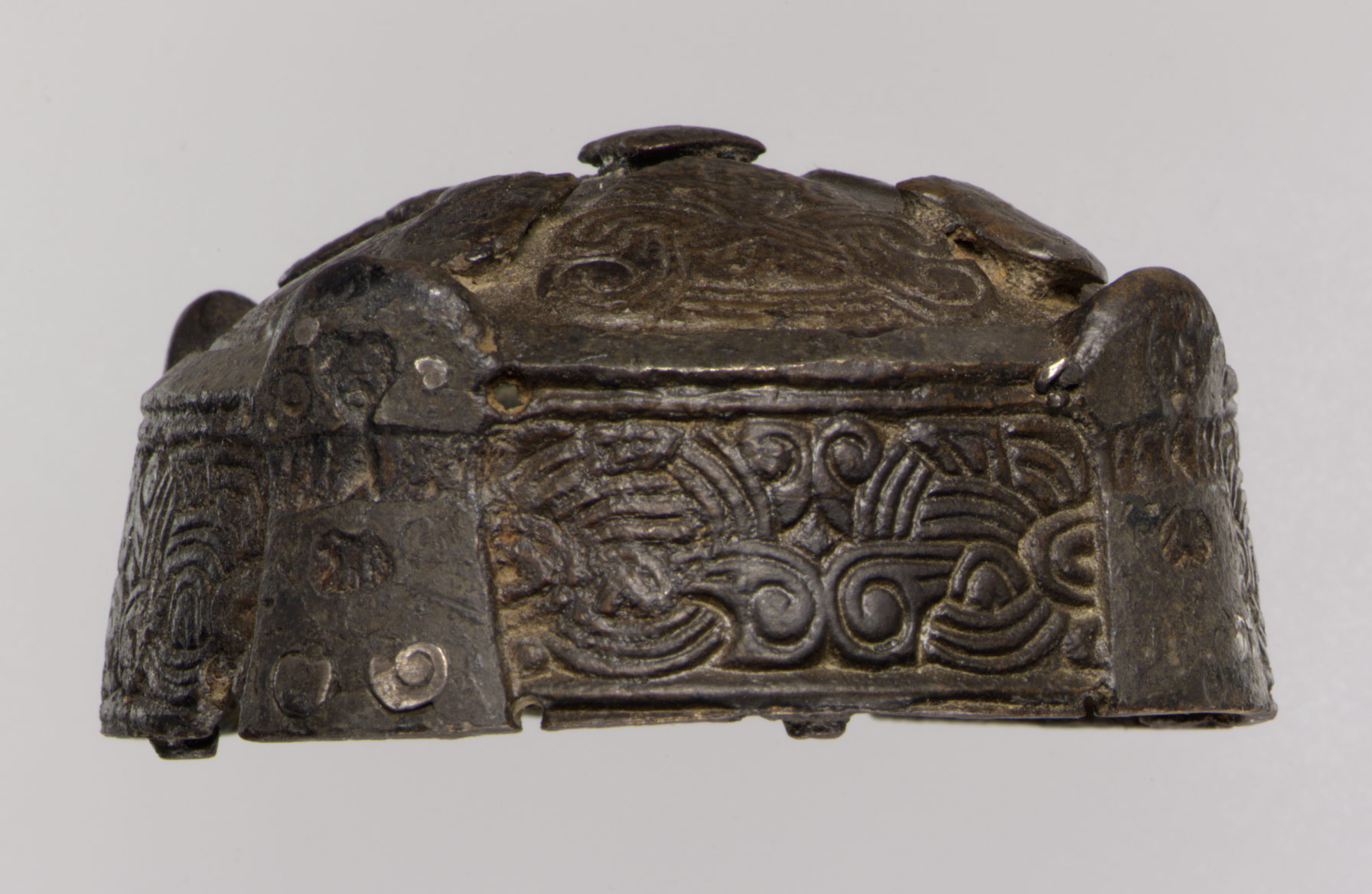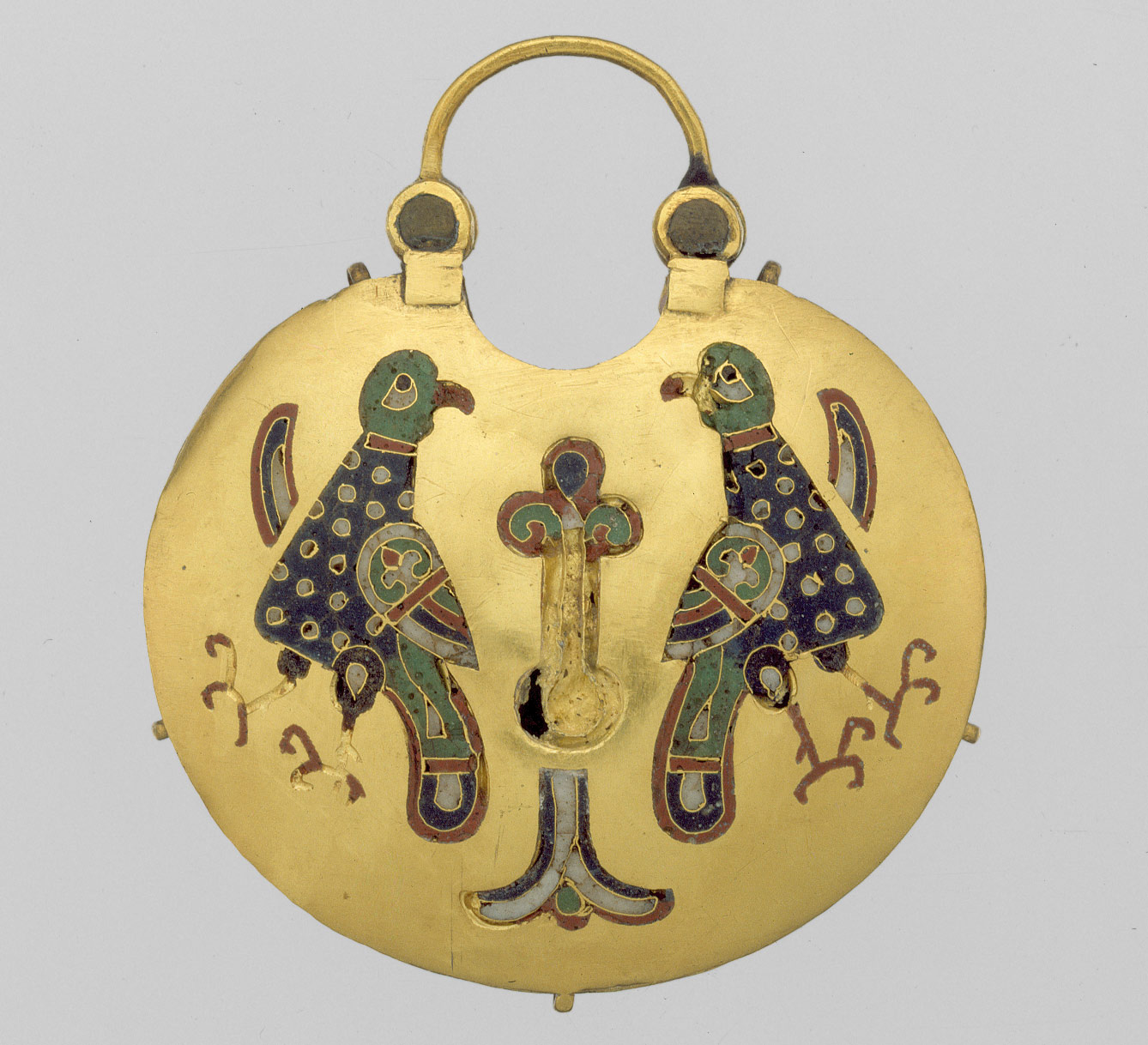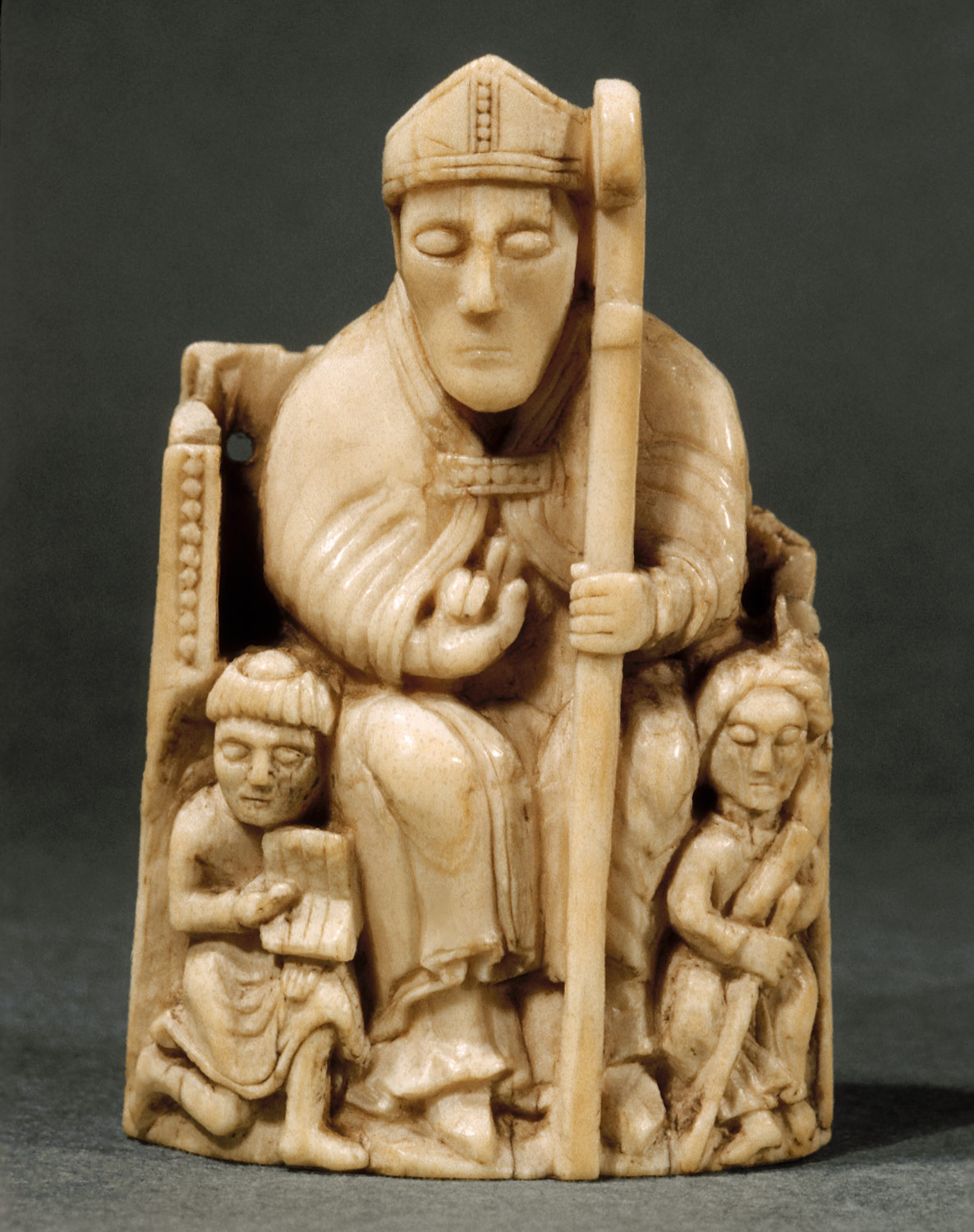The adoption of Christianity in both Scandinavia and eastern Europe brings about a gradual transformation in the arts. Churches of lasting materials are built and decorated in styles sometimes derived from local pre-Christian traditions and sometimes borrowed from Romanesque, Gothic, or Byzantine work. In the twelfth and thirteenth centuries, foreign workshops execute many important commissions in Scandinavia, and local art shifts gradually from the French orbit to the German. In eastern Europe, the art of Kievan Rus’ reflects Byzantine models.
Eastern Europe and Scandinavia, 1000–1400 A.D.
Timeline
1000 A.D.
1100 A.D.
SCANDINAVIA
EASTERN EUROPE
1100 A.D.
1200 A.D.
SCANDINAVIA
EASTERN EUROPE
1200 A.D.
1300 A.D.
SCANDINAVIA
EASTERN EUROPE
1300 A.D.
1400 A.D.
SCANDINAVIA
EASTERN EUROPE
Overview
Key Events
-
The first archdiocese in Scandinavia is established at Lund. The stone church begun shortly afterward is one of the most ambitious buildings in Scandinavia. The architecture incorporates French Romanesque elements; in the crypt, two pillars carved with enigmatic figures may refer to a legend about a giant’s role in the construction of the church. Before the twelfth century, timber was the predominant material in Scandinavian architecture, and the use of stone suggests the permanence of the new faith. The Scandinavians export construction timber to continental Europe.
-
ca. 1150
A stave church is built at Urnes in Norway. This method of construction, peculiar to Norway, involves timber posts or staves sunk into the earth or grounded on a stone foundation. The many gables give the church at Urnes an angular profile, and the building incorporates panels carved in the graceful interlace typical of pre-Christian Viking art. Other stave churches have gable ends finished with dragon heads, richly carved portals, and colorful interiors.
-
1157
Valdemar the Great ascends to the Danish throne and inaugurates an age of security and prosperity. The century following his coronation sees the construction of numerous Romanesque churches in brick and stone. The interiors are richly painted, as are earlier wooden Danish churches. The paintings bear comparison with enamels and manuscript illustrations from elsewhere in Europe; they reflect the dissemination of styles and the movement of artists and objects at the time.
-
1236
The Mongols, a fierce nomadic people also known as the Tatars or the Golden Horde, sweep across Central Asia. They settle in the Russian steppe, curtailing the power of Kievan Rus’, exacting heavy tribute from their neighbors, and disrupting their relationship with the Byzantine empire.
-
1255
Birger Jarl of Sweden founds Stockholm, a city of brick that reflects the influence of the Hanseatic League, a union of trading centers in northern Germany. Brick becomes the favorite building material in Scandinavia, where good stone is scarce. Throughout the thirteenth century, towns gain in power and prosperity, guilds affirm the status of craftsmen, tastes favor German over French models, and townspeople begin to commission works of art.
-
ca. 1300
A frontal for the altar of the church at Nes in Norway is painted with pigments suspended in oil. The piece is an early example of oil painting, which is remarkable for the glistening sheen of its surface. The technique does not become widespread until it is developed in the southern Netherlands a century later.
-
1350
The plague, or Black Death, arrives in the ports of Scandinavia and eastern Europe, killing thousands and drastically changing the fabric of daily life.
-
1397
Margaret, queen of Denmark, convenes a council at Kalmar. The only heir to the Danish throne, Margaret was married to the king of Norway, and it was agreed that their son, Olaf, should become king of both countries. This happened in 1380, but since Olaf was still a child, Margaret reigned as regent. In 1386, Margaret persuaded the Swedes to renounce their king in favor of her rule, and when Olaf died in 1387, Margaret herself became sole ruler of all three countries, and they agreed to accept whomever she proposed as her successor. At Kalmar, Margaret advances her choice as well as measures meant to formalize the union. As a result of the Kalmar Union, Copenhagen becomes the capital not only of Denmark but all of Scandinavia. Noblemen from throughout the region build houses there, and the city becomes a center of princely patronage while local styles and smaller commissions continue elsewhere.
Citation
“Eastern Europe and Scandinavia, 1000–1400 A.D.” In Heilbrunn Timeline of Art History. New York: The Metropolitan Museum of Art, 2000–. http://www.metmuseum.org/toah/ht/?period=07®ion=eue (October 2001)
